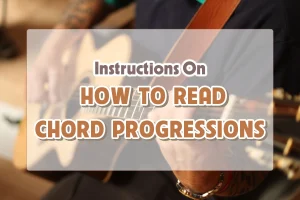![How to Tune Electric Guitar Without a Tuner [ 3 Easy Methods You Need to Try ]](https://www.eguitarmania.com/wp-content/uploads/2024/02/How-to-Tune-Electric-Guitar-Without-a-Tuner-3-Easy-Methods-You-Need-to-Try-1-1.png)
Tuning your electric guitar is fundamental , not just for hitting those perfect notes and chords but also because factors like temperature, humidity, and even how you handle your guitar can throw it out of tune. It is certain that having a tuner handy is the easiest and most accurate way to get your guitar sounding just right. But what happens when that gadget is nowhere to be found or broken?
In today’s guide, we’re showing you how to tune your electric guitar without a tuner. Whether your tuner is lost, out of batteries, or you simply find yourself in a situation where you can’t use one, there are several methods to ensure your guitar is in perfect harmony
So, let’s explore how you can keep your guitar sounding its best without a tuner below:
Tuning your electric guitar by ear
We’ve all been in that situation that you’re ready to play and reach for your tuner but it’s nowhere to be found. Or worse, it’s out of batteries. It’s moments like these where knowing how to tune your electric guitar by ear is essential. This skill might take a bit of time to develop because tuning by ear might sound daunting. It’s not just about getting your strings in tune; it’s about training your ear to recognize those perfect pitches. The more you do it, the easier it gets.
Tuning by ear : A Helpful Skill
Tuning by ear isn’t just about getting those strings in tune. It’s about training your ear to recognize and change pitches and gaps. This skill is really helpful, not just for tuning but for all aspects of playing the guitar.
There’s a certain confidence that comes with self-sufficiency. When you know you can get your guitar in tune anytime, anywhere, without relying on a piece of equipment, it’s supporting.
Tuning by ear helps you understand the nuances of your guitar. You’ll get a feel for how tension affects pitch and how each string responds. This knowledge gives you more control over your sound, making you play with more emotion and desire.
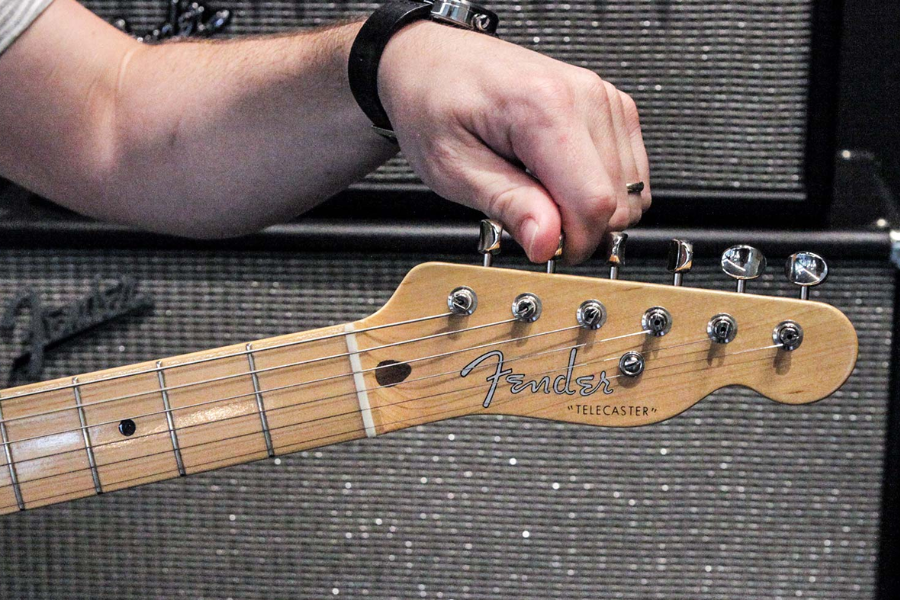
Step-by-Step Guide to Tuning Each String by Ear
Here’s a simple way to start:
- Low E String: Start with the thickest string (the low E). If you have a reference note (like a piano or an online sound clip), use it. Otherwise, go with what sounds right to you.
- A String: Press down the fifth fret on the low E string (this note is A) and pluck both the fretted E string and open A string. Adjust the A string until both notes sound the same.
- D String: Repeat this process by pressing the fifth fret on the A string (this note is D), and tune the open D string accordingly.
- G String: Do the same with the fifth fret on the D string to tune the G string.
- B String: Here’s a small change – use the fourth fret on the G string to find the B note for tuning the B string.
- High E String: Finally, return to the fifth-fret method on the B string to tune your high E string.
Make a habit of tuning by ear every time you play. Soon, you’ll strum a string and instantly know if it’s in tune or not. It’s like developing a sixth sense for your guitar. If you’re struggling, don’t beat yourself up. Check your progress with a tuner after you’ve tried tuning by ear. This will help you understand where you need to improve.
Tuning your guitar with instruments: An in-tune piano
If you have a piano around you, tuning your electric guitar by using piano is like a mini-workout for your musical ear. You learn to recognize pitches across different instruments, which is a super useful skill. Here’s how to do it:
- Find Middle C on the Piano: This is usually the white key just to the left of the two black keys in the middle of the keyboard.
- Tuning the Low E String: Find the E note that’s two octaves below middle C. Play this note on the piano, then pluck your low E string. Adjust the tuning peg until they sound the same.
- Tuning the A String: Find the A note below middle C. Play it and tune your A string to match.
- Tuning the D String: Do the same with the D note below middle C.
- Tuning the G String: Find the G note below middle C and tune your G string.
- Tuning the B String: Tune your B string to the B note right below middle C.
- Tuning the High E String: Finally, tune your high E string to the E note right above middle C.
Tuning your electric guitar by using harmonics
I suggest an amazing way to tune your guitar is to use harmonics. It allows you to get the guitar perfectly in tune with itself. In case you don’t get your electric tuner with you, use these manual techniques for quick tuning when the tuner isn’t readily available.
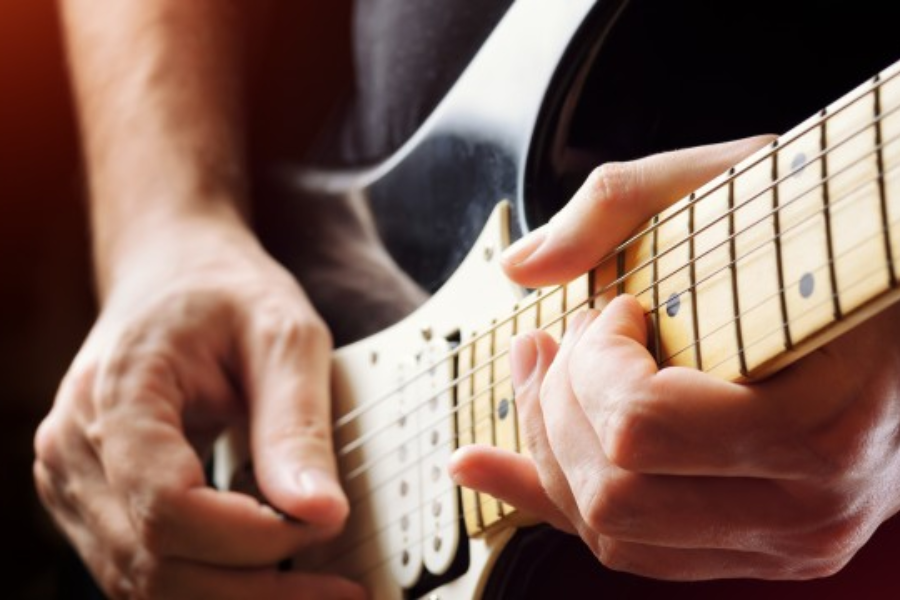
Step-by-Step Guide to Tuning Each Strings By Using Harmonics
Here’s how you can tune your guitar using harmonics and ensuring each string harmonizes perfectly with the next:
- Tuning the 5th String (A): Begin by playing the harmonic at the 5th fret of the 6th string, then play the harmonic at the 7th fret of the 5th string. Adjust the 5th string’s tuning peg until both harmonics sound the same.
- Tuning the 4th String (D): Play the harmonic on the 5th fret of the 5th string and then the harmonic on the 7th fret of the 4th string. Tune the 4th string by adjusting its tuning peg until the harmonics match.
- Tuning the 3rd String (G): Strike the harmonic on the 5th fret of the 4th string followed by the harmonic on the 7th fret of the 3rd string. Tune the 3rd string by adjusting its tuning peg until the harmonics are in harmony.
- Tuning the 2nd String (B): This step deviates slightly from the previous harmonic method. Play the harmonic on the 7th fret of the 6th string (E) and compare it to the open 2nd string (B). Adjust the 2nd string’s tuning peg until the open string note matches the harmonic. It’s important to pluck the 2nd string gently to ensure the volume matches the harmonic for a clear comparison.
- Tuning the 1st String (E): Finally, play the harmonic on the 5th fret of the 2nd string and then the harmonic on the 7th fret of the 1st string. Adjust the tuning peg of the 1st string until both harmonics sound alike.
Once all strings are harmonically aligned, do a quick check by playing a few chords. Listen for any dissonance and adjust as necessary.
Tuning your electric guitar by using apps
A more convenient way I think everyone can tune electric guitar is to use apps. Your phone is always with you that means so is your tuner. Whether you’re backstage, at a friend’s house, or in the middle of nowhere, you’re set to get that guitar in tune.
Modern smartphones have pretty decent mics, making these apps surprisingly accurate. Also, visual aids on the app can guide you to the perfect pitch with ease.
Whether you’re playing blues, rock, or experimenting with something avant-garde, these apps have you covered with various tuning settings. Standard, drop D, open tunings—you name it, they’ve got it.
Many apps come with extra features like metronomes, chord libraries, and even games to improve your musical skills.
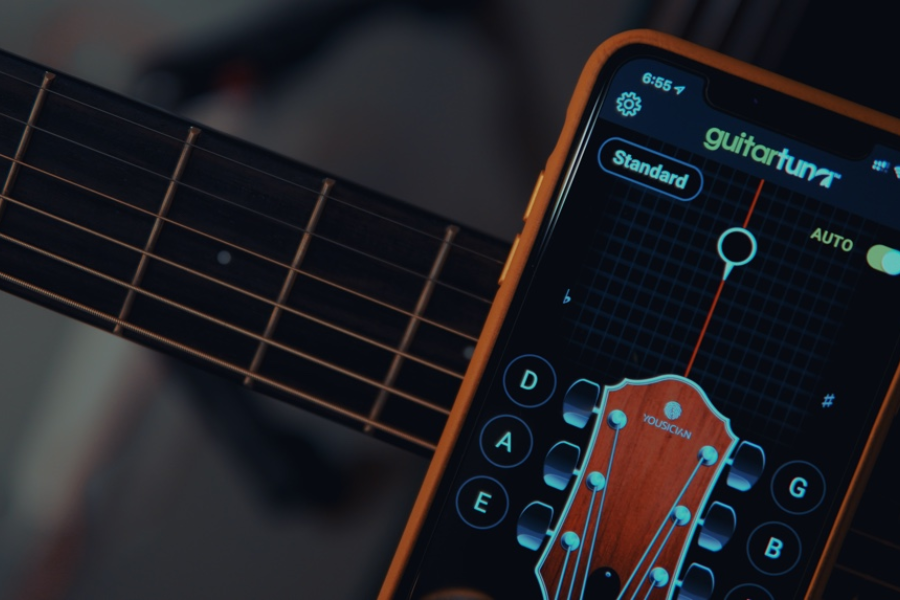
Picking the Perfect App
With many tuning apps out there, here are a few pointers to help you choose the right one:
- Make sure the app works with your device. Android and iOS options abound, but not all apps play nice with both.
- Are you looking for just a basic tuner, or do you want all the extras? Decide what’s important to you.
- Many apps are free and work great, but sometimes those few extra bucks can get you premium features worth having.
- Take a moment to see what others are saying. A high rating usually means a good experience.
From my own experience with using tuning apps, my personal favorite is the Guitar Tuna app. This app isn’t just a tool; it’s more like a Swiss Army knife for guitarists. It’s user-friendly, making it suitable for beginners, yet packed with features that even the most seasoned guitarists will appreciate. And the best part is that it’s absolutely free.
You also try to start with these apps below:
- Fender Tune: Coming from the guitar legends themselves, this app offers accuracy and elegance, also for free.
- Pano Tuner: A simple, straightforward app that gets the job done without much fuss. And it’s free, too.
- Cleartune: For those willing to invest a couple of dollars, this app offers precision tuning with a clean interface.
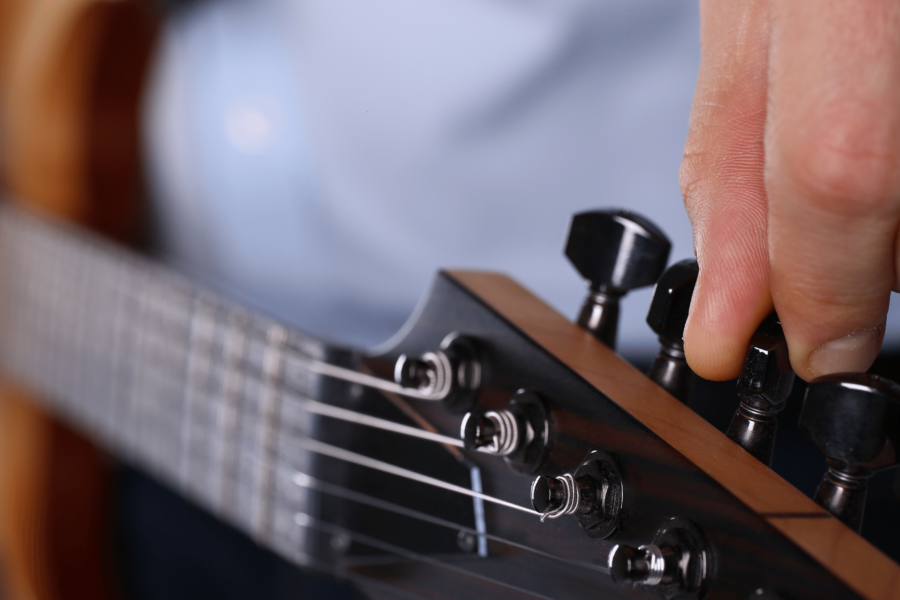
Final thoughts on tuning electric guitar without tuner
Wrapping up our journey on how to tune your electric guitar without a tuner, we’ve covered a lot of ground:
- Tuning by ear requires patience and practice. If you’re new to this, it’s natural to find it challenging at first.
- Harmonics are a fantastic tool for fine-tuning your guitar, offering a clear, bell-like sound that can guide you to precision. However, it’s important to note that using harmonics for tuning requires accurate fretting. For beginners, this might seem a bit tricky at first.
- Tuning apps offer a quick, accurate, and convenient way to get your guitar in tune, whether you’re at home, in a studio, or on the go.
Whether you prefer tuning by ear, using harmonics, or relying on an app, remember that tuning is more than just a pre-play routine.




